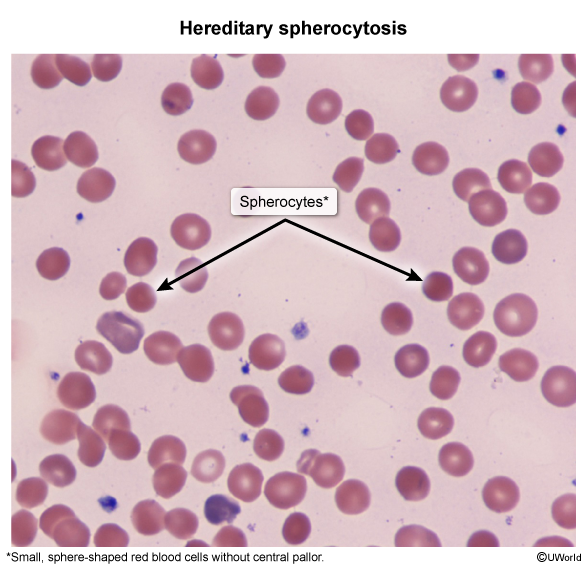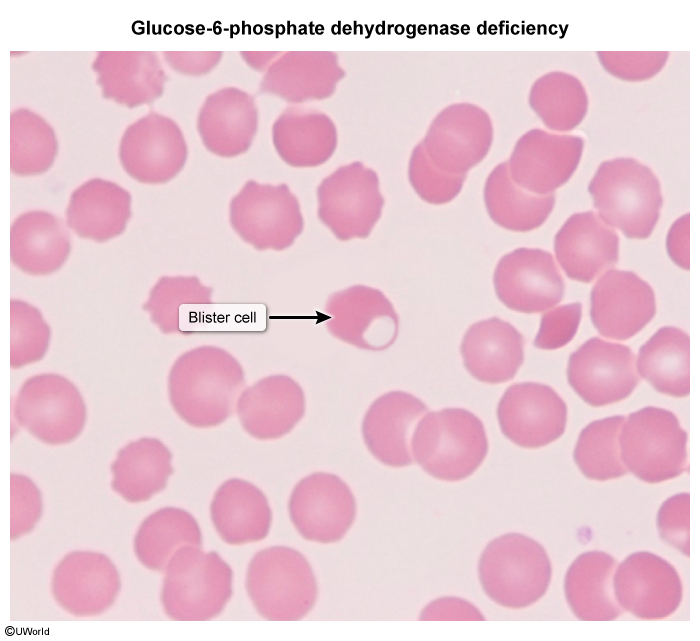Hereditary Spherocytosis
Article Sections
Introduction
Hereditary spherocytosis is a genetic disorder in which defective red blood cell (RBC) membrane scaffolding proteins lead to spherical RBCs that are susceptible to hemolysis.
Pathophysiology and risk factors
Normal RBCs form a biconcave shape due to an abundant amount of cell membrane surface area. This feature allows the RBC to be easily deformable and traverse through tight spaces within the microcirculation. Maintenance of this shape requires scaffolding proteins (eg, spectrin, ankyrin, band 3), which support the cell membrane by linking it to the underlying cytoskeleton.
In hereditary spherocytosis, defective scaffolding proteins disrupt the vertical attachments between the cell membrane and the underlying cytoskeleton. As a result, the RBC progressively sheds its weakened cell membrane and develops a spherical shape (ie, spherocyte) that is far less flexible than its normal biconcave shape. These rigid spherocytes become sequestered in the spleen and are phagocytosed by splenic macrophages (ie,
Continue Learning with UWorld
Get the full Hereditary Spherocytosis article plus rich visuals, real-world cases, and in-depth insights from medical experts, all available through the UWorld Medical Library.
Figures
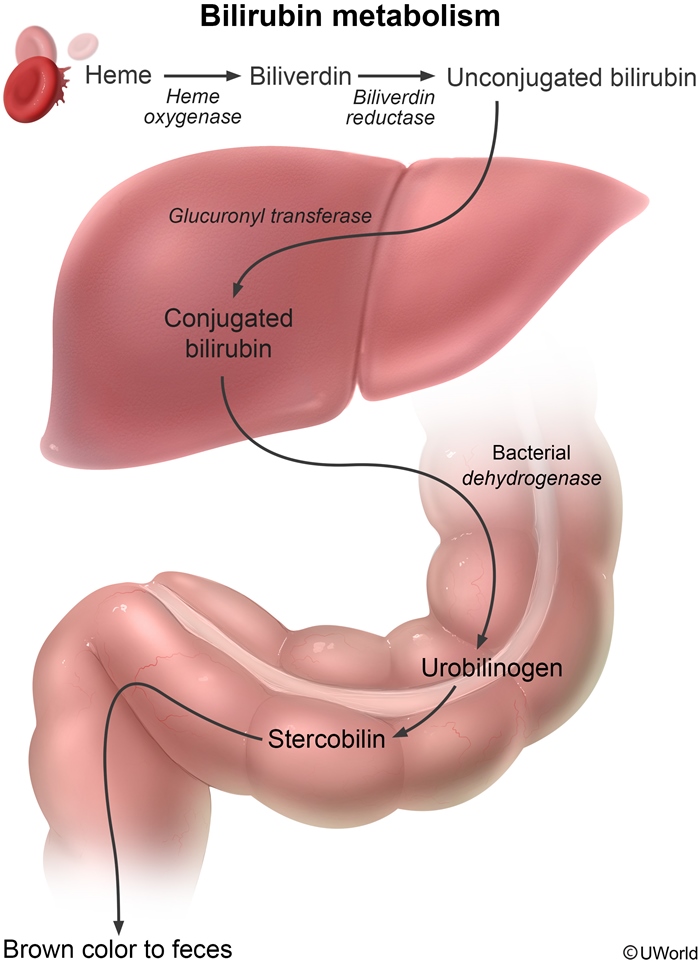
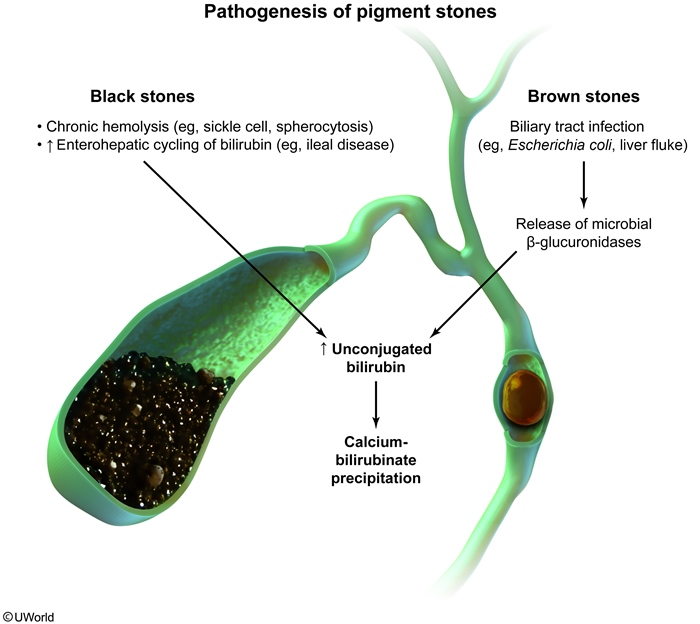
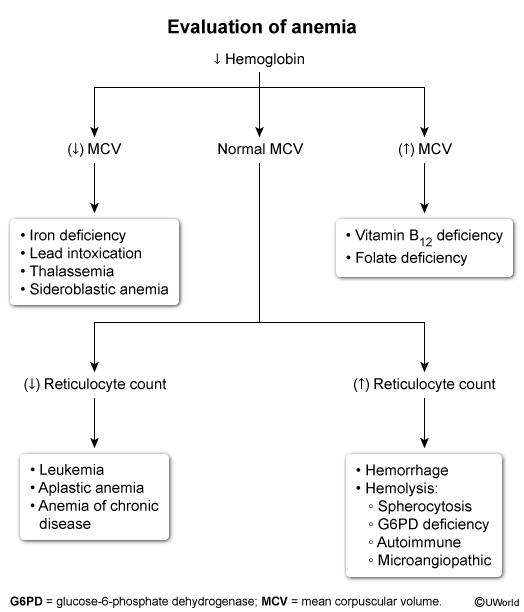
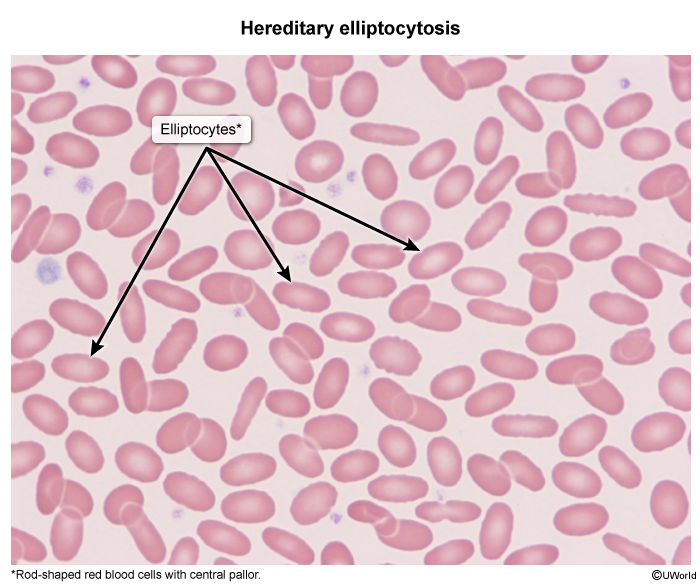
Images
